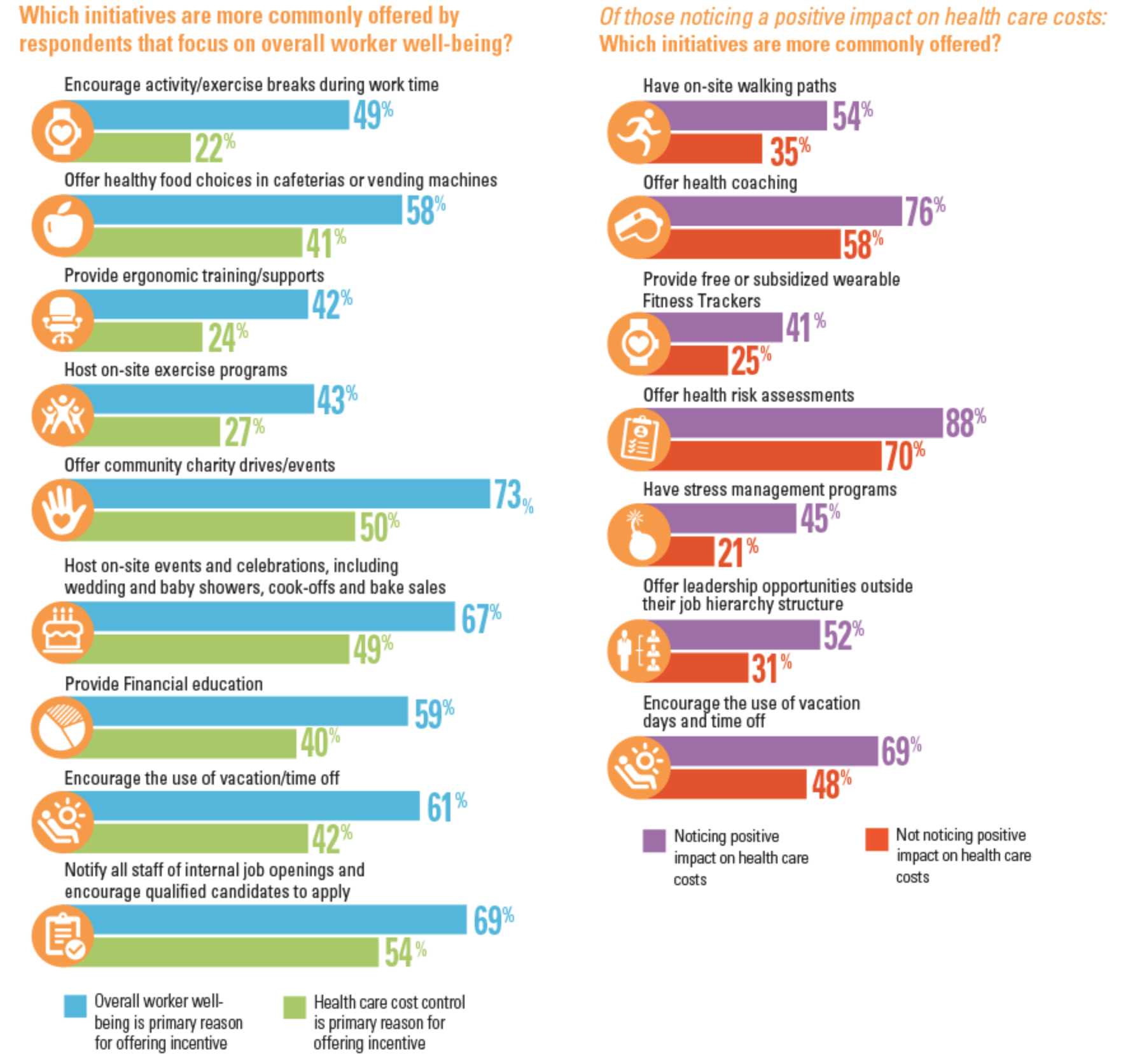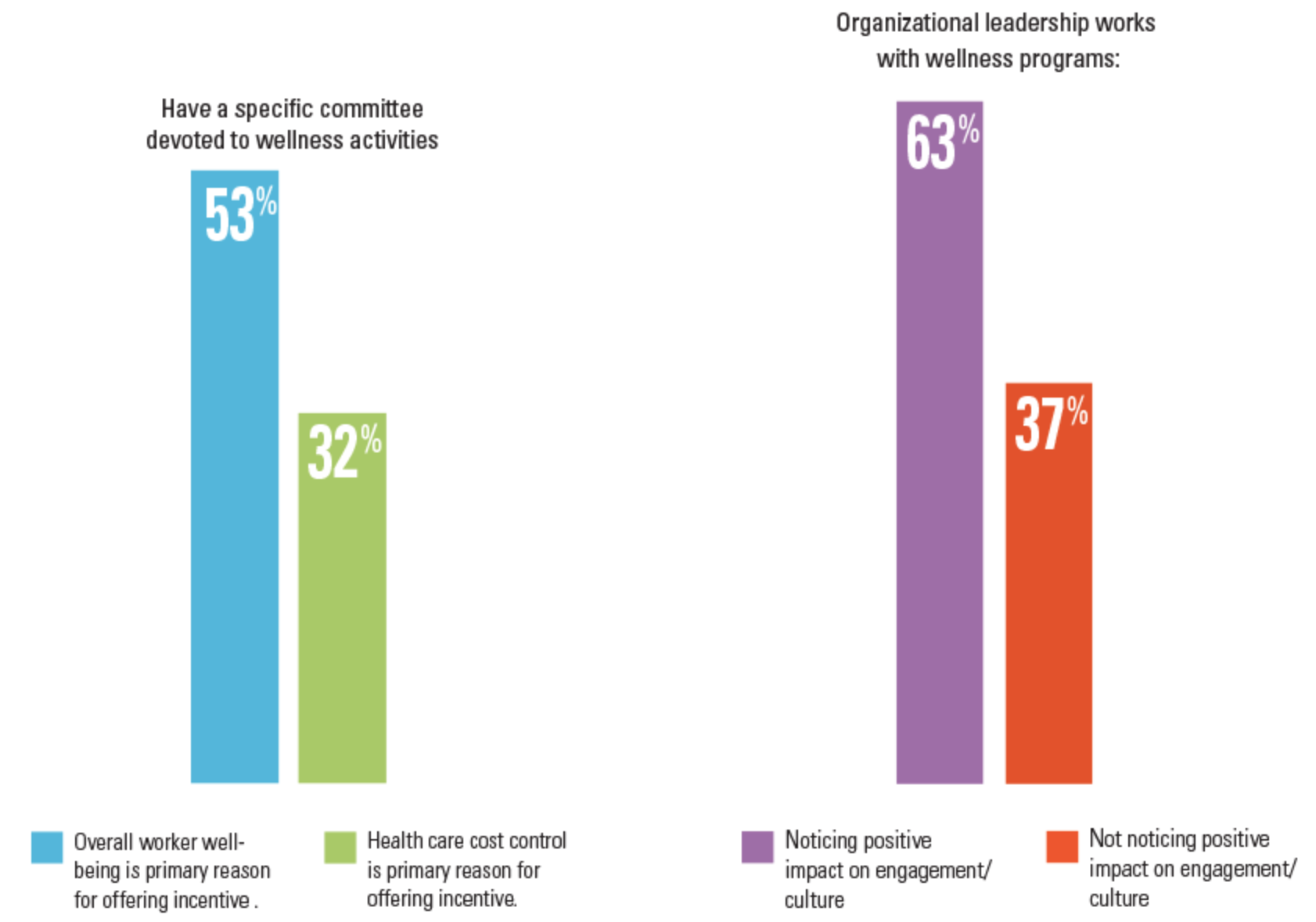The International Foundation of Employee Benefit Plans (IFEBP) released the “A Closer Look: 2018 Workplace Wellness Trends” report, which found certain initiatives are more popular in successful wellness programs when compared to initiatives offered by programs finding less success. There are number of significant findings and best practices identified in the report, but one stands out because it is often misunderstood by many employers. Many wellness administrators seek to win leadership support of their programs. With leadership support, wellness administrators are better equipped (from a cultural and resources perspective) to deliver a successful wellness program. Although leadership is an important precursor for success, it stops short of delivering the best results. Leadership communication about a wellness program delivers an even larger positive impact.
According to the survey, of those employers citing positive effects of wellness programming on health care costs, 54% have senior leadership speak directly with employees on wellness information. “Whether a workplace wellness program is taking a more holistic approach or focusing on cost savings, this report distinctly revealed that it is not only leadership support but, more specifically, leadership’s communication of the program to staff that is critical for program success,” says Julie Stich, Associate Vice President at IFEBP. Most companies that implement a strategy of organized, communicative leadership see above-average participation rates in wellness programs.

The greater impact from leadership communication is likely the result of multiple factors, including increased awareness and perception of the leadership support. Although leadership may support a program, this may not be widely known amongst all employees, especially at larger organizations. By being directly involved with the communication strategy and execution, awareness of their support and of the program in general will increase. For example, if the CEO of a company sends an email about new wellness benefits and how much the company believes in the program and its goals, more employees will open the email, become aware of the program, and see it in high regard. By vocalizing their support directly, leadership shows how important the health and wellness of their employees are the health of the company.
In addition to leadership communication, the research showed that wellness program participation increases with expansion of wellness benefits: nutrition programs (63% vs. 41%); fitness programs (60% vs. 31%); wellness seminars (53% vs. 38%); health fairs (53% vs. 34%); and flu shot programs (49% vs. 36%). The survey also found that organizations focused on overall employee well-being rather than controlling healthcare costs were more likely to have a wellness committee.













